Scheduled Exports
Export on a regular basis? Set a schedule!
The Scheduled Exports page allows you to define and schedule recurring exports. These exports are launched automatically at the frequency you define and export compressed files to the designated location. The page includes a brief description of the feature, a link to this documentation page, and a list of existing export schedules, if any.
-
If no export schedules have been created yet, a Schedule Export button is displayed in both the Current Scheduled Exports section and the top right corner of the page.
-
If export schedules have already been created, a list is displayed with: the Name of the schedule, the export Profile used, the Cron Expression for the export, and the Status of the export schedule. The Schedule Export button is only displayed in the top right corner of the page.
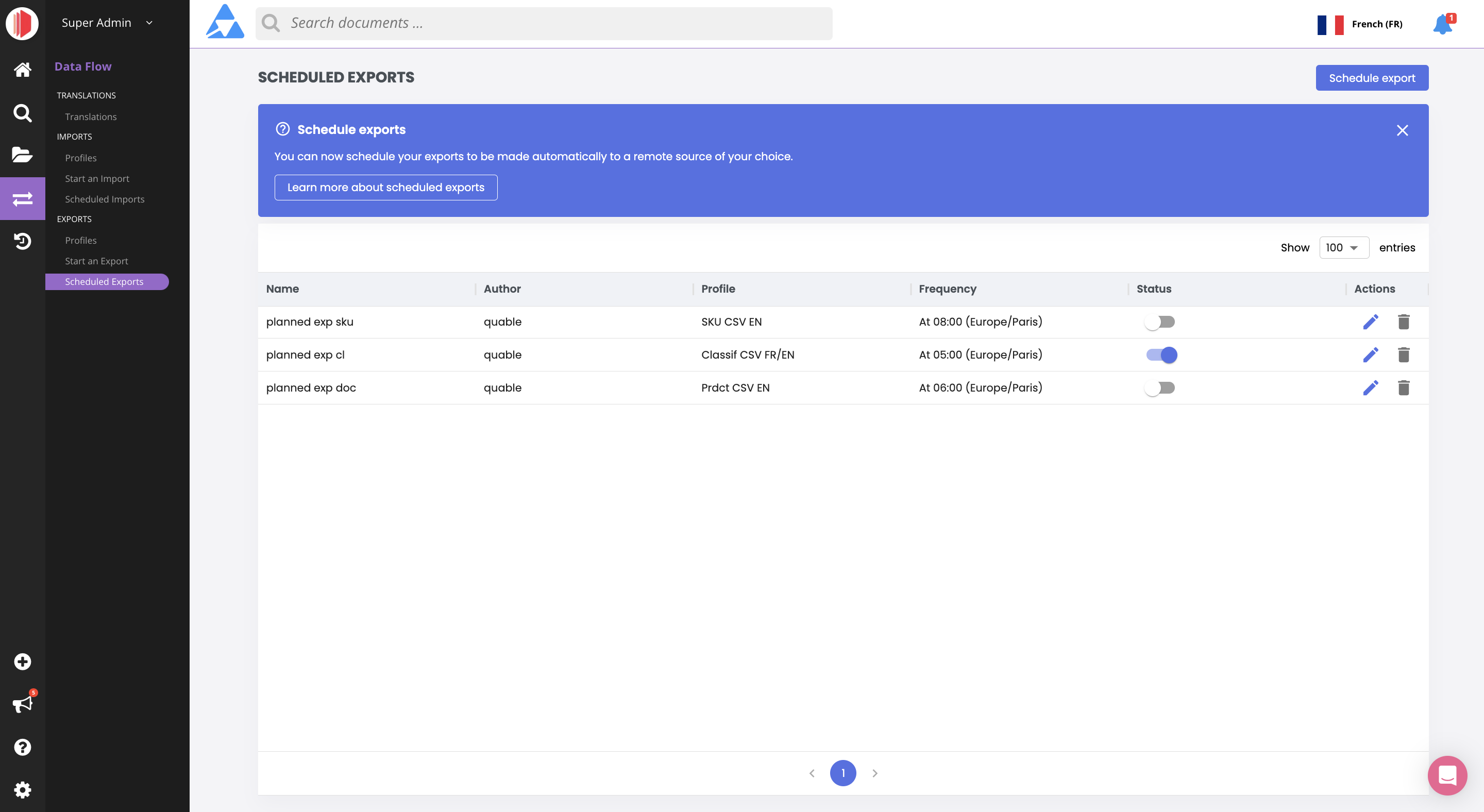
At the end of each line of a scheduled export are icons to Edit or Delete the schedule.

Creating Schedules
To create a schedule for a recurring export, click the Schedule Export button. A form is displayed to define the schedule and its settings.
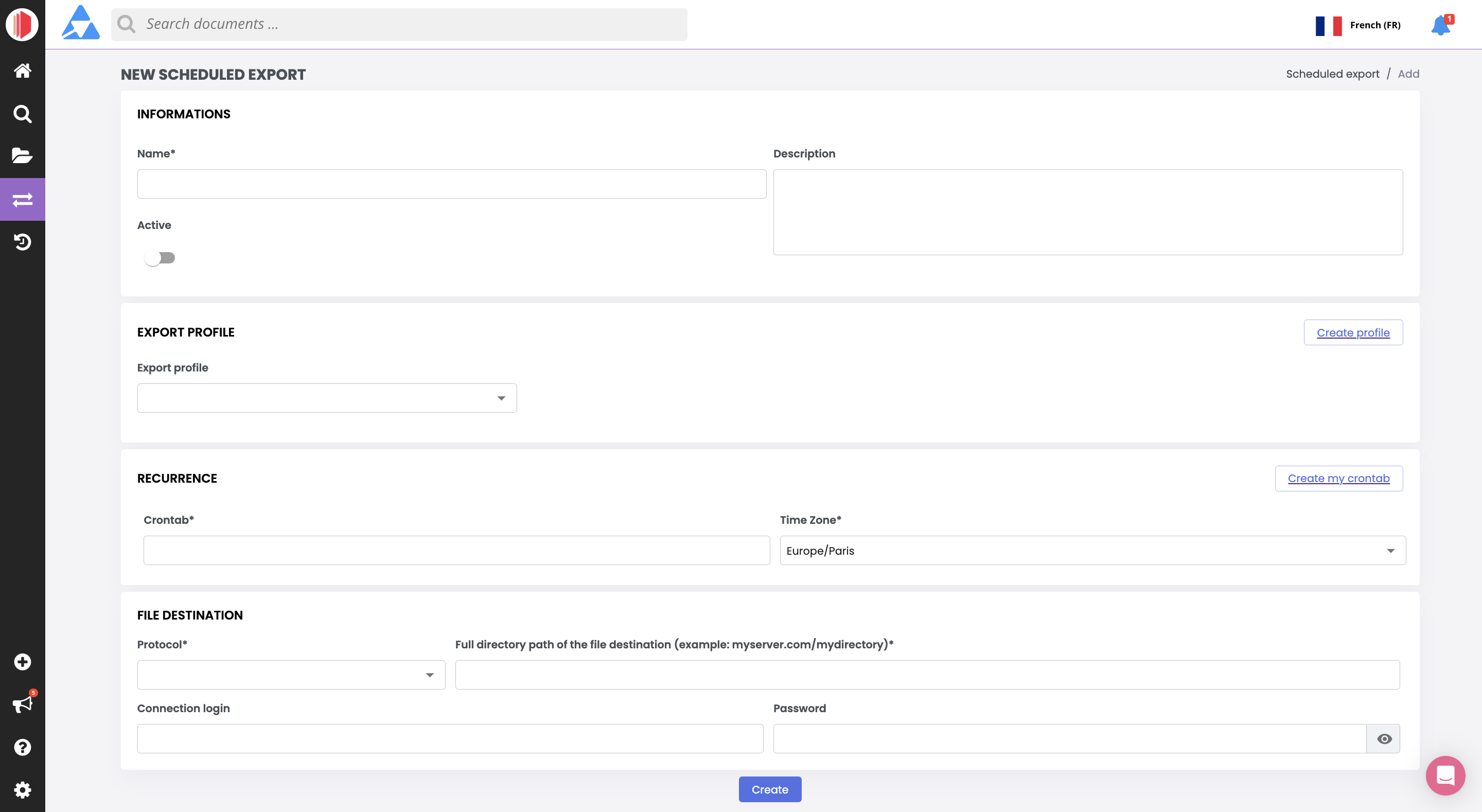
The form is divided into four sections: Schedule Identity, Profile, Recurrence, and File Path. These are described in detail below.
When you've completed all of the sections, click on the Create button to save the schedule.
Schedule Identity
This section allows you to provide a name and description for the export schedule as well as its status.

Enter the following information:
Information | Description | Mandatory |
|---|---|---|
Name | The name of the export schedule. | Yes |
Description | Enter text to describe the export schedule. | No |
Active / Inactive | New schedules are active by default. You can click the slide button to set the export schedule to inactive. | No |
Profile
This is where you can designate the specific export profile to use for the export schedule.

You can either:
-
select an existing export profile from the dropdown list or
-
create a new export profile by clicking the Create Profile button.
An export profile is mandatory for scheduling exports.
Recurrence
This section allows you to define the frequency of the export schedule, as well as the time zone to use.

Enter the following information:
Information | Description | Mandatory |
|---|---|---|
Crontab | Crontabs are recurrence expressions used by most scheduling systems. Also known as cron expressions, they are specifically formatted string of characters to define the individual details of a schedule (e.g., day of the week, time of day, etc.). If you don't already have a cron expression, you can create a one by clicking the Create My Crontab button. This opens the FreeFormatter website where you can follow the instructions to create a cron expression. Once you've created a cron expression, enter it in the Crontab entry area.
| Yes |
Time Zone | The time zone (in TZ database name format) for the schedule. Enter at least three characters of the continent/city of the desired time zone. A scrollable list of TZ database names is automatically displayed. You can find the full list here. Examples
| Yes |
File Path
The final section allows you to specify the destination for your export file.

Enter the following information:
Information | Description | Mandatory |
|---|---|---|
Protocol | The transfer protocol to use for the export. Possible values:
| Yes |
File path | The full directory address for the export file. | Yes |
Source connection identifier | Credentials for connecting to the destination for the export file. | Yes |
Password | Password to connect to the destination for the export file. | Yes |
Editing Schedules
You can modify an export schedule by selecting one from the Current Scheduled Exports list and clicking its Edit icon.
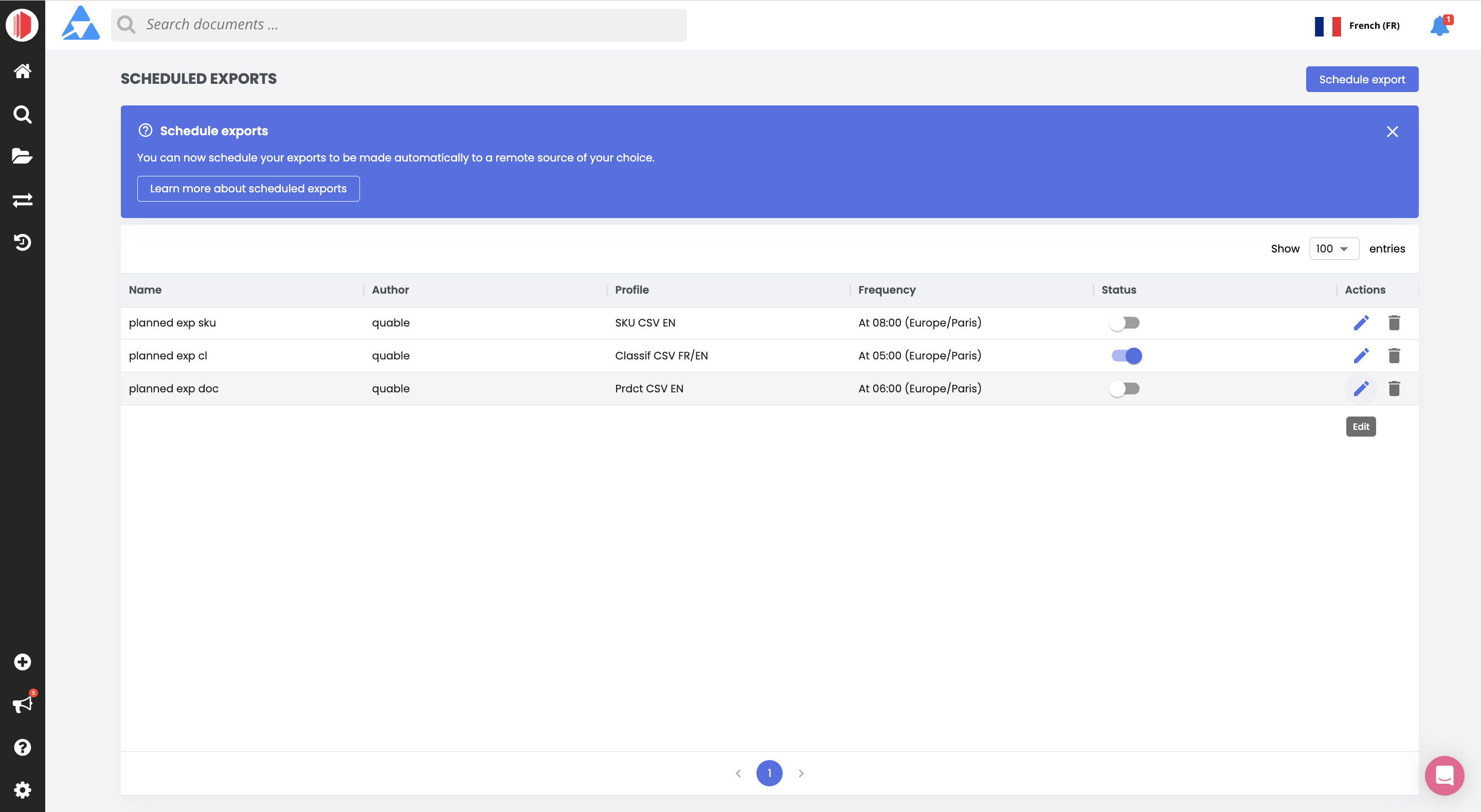
The Edit Scheduled Export page is displayed. It, shows all of the settings for the schedule, as well as the export profile it uses.
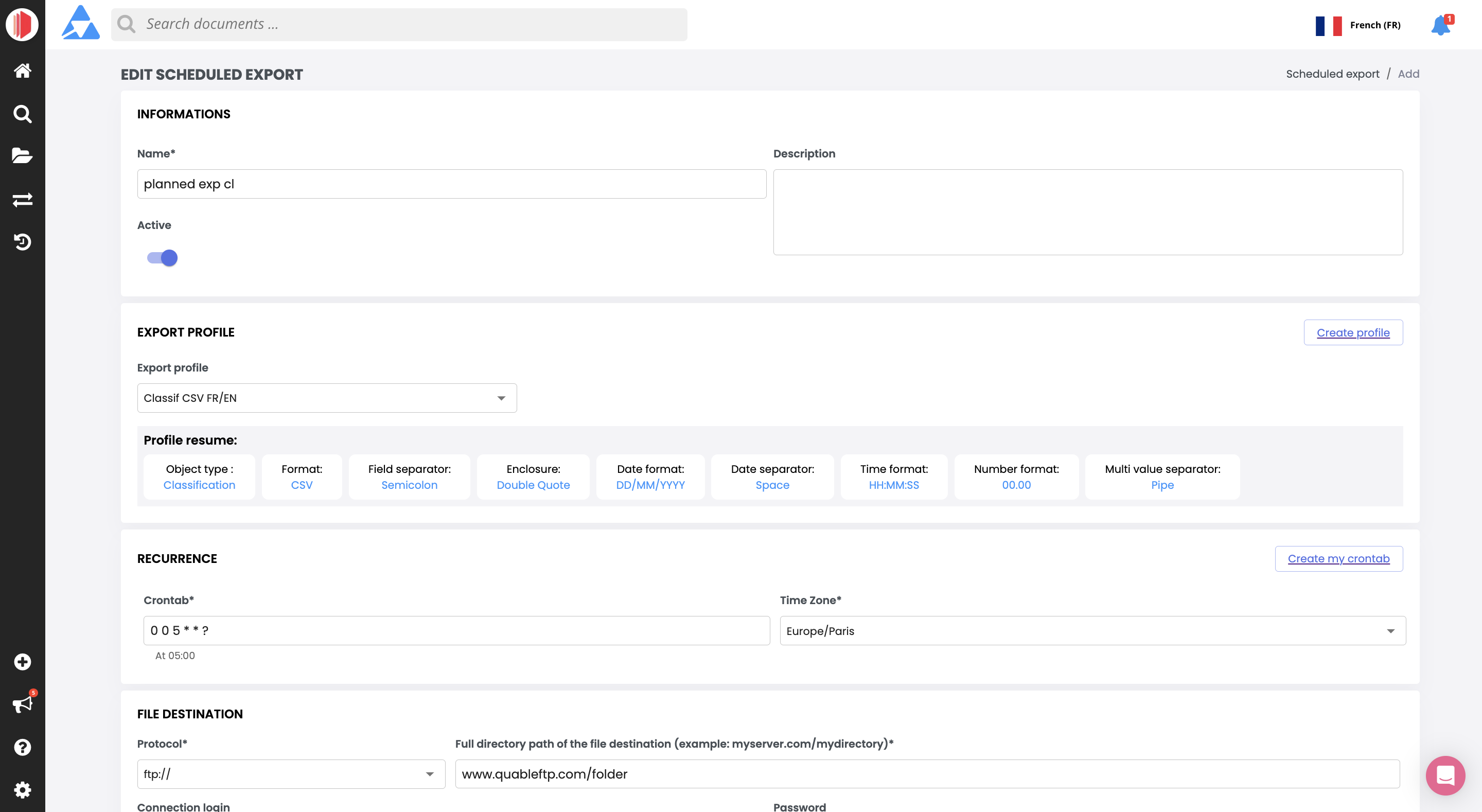
You can edit all of the export schedule's settings with the exception of the export profile. When you've finished making modifications, click the:
- Save button to save your changes,
- Delete button to delete the export schedule, or
- Return link (at the top of the form) to return to the Scheduled Exports page without saving the changes.
Deleting Schedules
You can delete an export schedule in two places. It can be done from the:
- Scheduled Exports page - Click on an export schedule's Delete icon.
- Edit Scheduled Export page - Select an export schedule from the Current Scheduled Exports list and click on its Edit icon.
From the Edit Scheduled Export page, click the Delete button to delete the export schedule.
In both cases, a dialog is displayed to cancel or confirm the deletion.
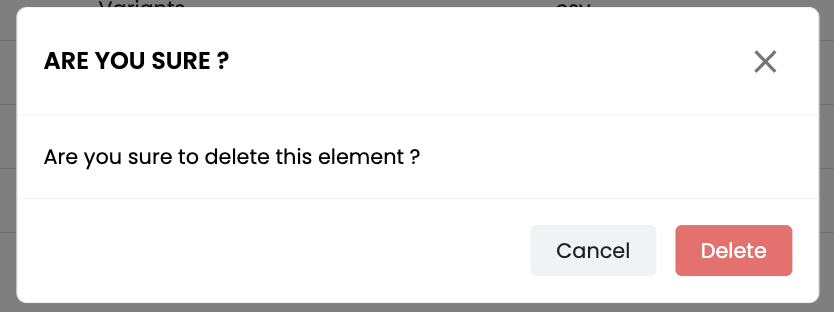
AttentionThis action is irreversible. Once an export schedule has been deleted, it can't be recovered.
Export Status
You can check the status of a scheduled export and get the file used via activity reports and selecting Export for the Type.
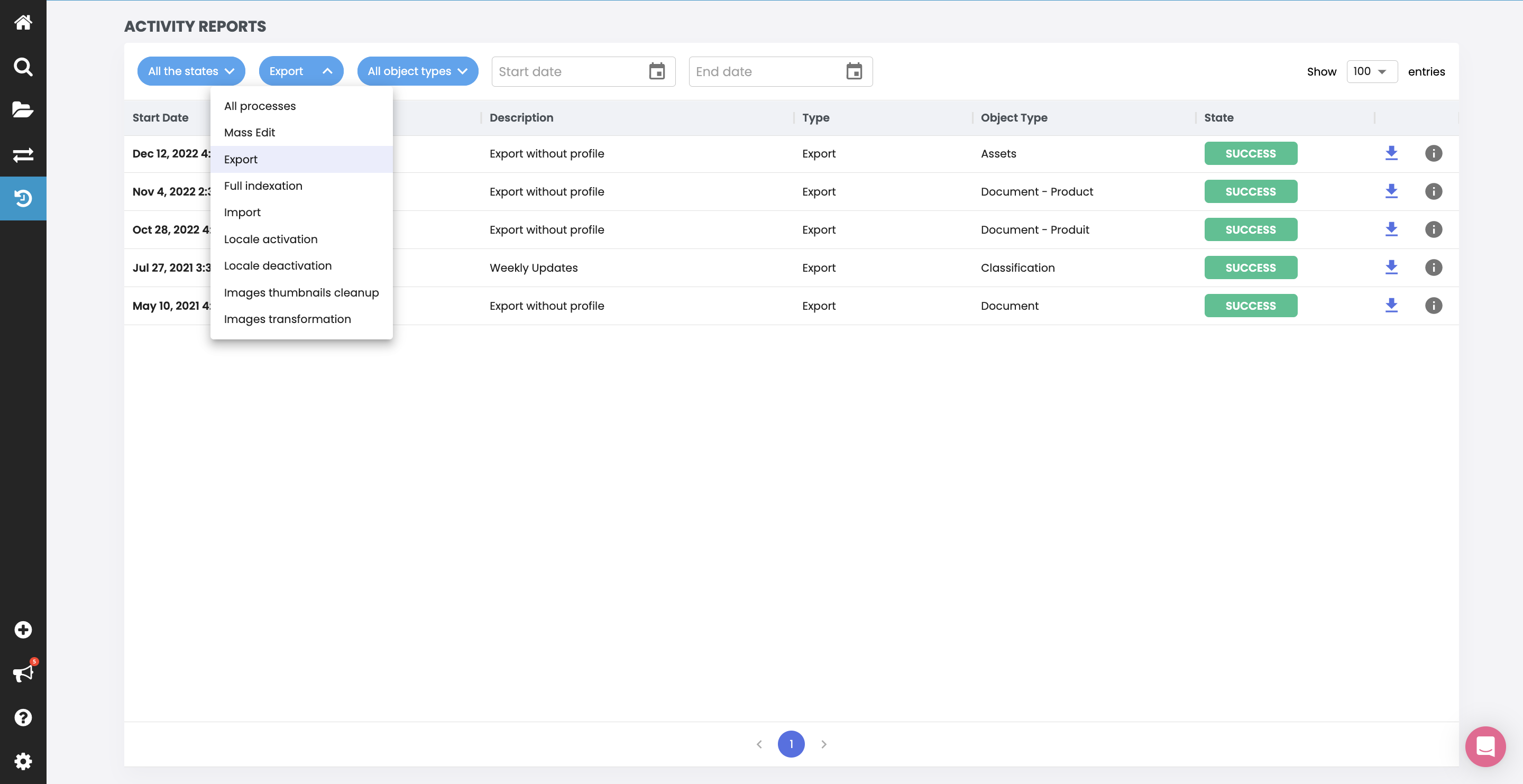
Bonus Information
EasyCatalog Plugin
EasyCatalog is an Adobe InDesign plugin created by 65bit Software Ltd to automate the layout of print catalogs. It allows you to drag and drop products onto an InDesign document. The addition of the Pagination Module allows you to paginate hundreds of product pages.
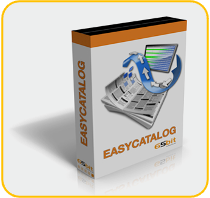
Your exported Quable PIM files can be imported by itself into EasyCatalog or combined with other files prior to importing into EasyCatalog.
You can create profiles to scheduled CSV exports compatible with the EasyCatalog input formats in order to feed the plugin with updated data and assets. If data needs to be modified, corrections are made in Quable PIM and then included in the next export to EasyCatalog. This enables your Quable PIM to remain synchronized across your distribution channels.
Quable PIM does not
- connect directly to EasyCatalog
- provide templates or other models to implement EasyCatalog in InDesign
If you need more information about EasyCatalog, you can find helpful guides or videos on their official site.
Updated 2 months ago
